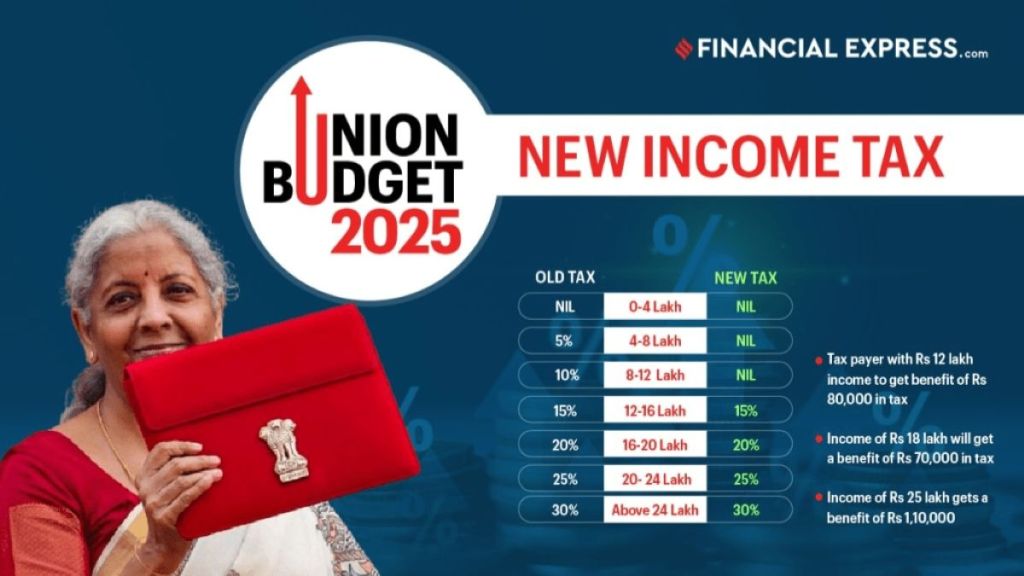The much-anticipated policy blueprint, being the Union Budget, presented by the finance minister in the august House representative of We, the people, diligently goes on to lay, fabricate and strengthen the building blocks of country’s multidimensional resilient growth as also catapulting nation’s leadership on world stage as a knowledge-centric economy.
The Budget ensures a ‘can-do’ attitude that deploys variegated strategic priorities to strengthen the factors of capital formation, rewards the average/common taxpayers, and reaffirms the collective belief in the pillars of democracy through reforms.
The focus is two-pronged – strengthening factors of production in rural and agrarian area, MSMEs/industries (including blended areas), and wider emerging areas of services delivery where our skilled and knowledge-centric workforce upends harnessing the demographic dividend.
The Panchtatvas of this year’s Budget revolve around five principles of government’s unwavering commitment to accelerating holistic growth, securing inclusive development sustainably, invigorating private sector investments towards all-encompassing capital formation, uplifting household sentiments for speeding up consumption, and enhancing spending power of India’s rising middle class, each firmly rooted in our collective audacity to dream more, dare more and do more.
Building the momentum from last July’s Budget, when the government refocused its emphasis on upending the poor (garib), youth, farmers (annadata), and women (nari) through interconnected loops of firmly-grounded reforms that reinvigorated their hunger for an unbridled glide in the sky, this year’s Budget too proposes further structural reforms that strategically aspire to build moats of rural prosperity and resilience.
The Prime Minister Dhan-Dhaanya Krishi Yojana is likely to benefit 1.7 crore farmers in 100 districts with low productivity, moderate crop intensity, and below-average credit parameters. The multisectoral Rural Prosperity and Resilience programme, in partnership with states, will address underemployment in agriculture through skilling, investment, technology, in turn invigorating the rural economy through providing ample local opportunities for the rural women, young farmers, rural youth, marginal and small farmers, and landless families that should address migration.
Intense focus on high-yielding seeds, pulses, makhana, fisheries and vegetables/fruits and cotton, while roping in India Post network is a smart move, indeed.
MSMEs are the bedrock of any country’s competitiveness, and enhancing the investment and turnover limits for classification of MSMEs by 2.5 and 2 times respectively should smoothen the incremental flow of capital to them as they strive to attain higher efficiencies of scale and technological upgradation that ultimately lowers costs/OPEX. Hiking the guarantee coverage for established units, as also start-ups should enhance their scaling up the ladder fast.
Customised Credit Cards with a Rs 5 lakh limit for micro-enterprises registered on Udyam portal, infusing the AIF-centric FoF (Fund of Funds) with second tranche of seed capital of Rs 10,000 crore, new credit scheme for first time entrepreneurs from marginalised cohort/women should democratise access to credit.
Further, urban sector reforms related to governance, municipal services, urban land, and planning are being incentivised through infusing financial flows to Urban Challenge Fund of Rs 1 lakh crore to implement the proposals for Cities as Growth Hubs, Creative Redevelopment of Cities, and Water and Sanitation with PPP at its core.
PPP in infrastructure gets a new fillip, while encouraging states to tap into the IIPDF corpus. Rs 1.5 lakh crore is proposed for the 50-year interest free loans to states for capital expenditure and incentives for reforms, second Asset Monetisation Plan is proposed to plough back capital of Rs 10 lakh crore in new projects.
Urban Challenge Fund of Rs 1 lakh crore to implement the proposals for Cities as Growth Hubs, Creative Redevelopment of Cities, and Water and Sanitation should infuse financial flows lifeline while incentivising electricity distribution reforms and augmentation of intrastate transmission capacity by states through 0.5% additional borrowings would ensure the reforms juggernaut keeps rolling.
Top-50 tourist destination sites in the country will be developed in partnership with states through a challenge mode. Rs 20,000 crore corpus is proposed to implement private sector driven Research, Development and Innovation initiative, while a Deep Tech Fund of Funds will also be explored to catalyse the next generation startups. The thrust on skills, education, healthcare and technology makes this Budget an audacious Budget, indeed.
The fiscal numbers in the Budget are conservative with a 10.1% nominal GDP growth and a tax buoyancy of 1.1. Fiscal conservatism has been the cornerstone of every successive Budget under the current dispensation, and this year is no exception.
There are pivotal moments every decade or two that in history become the defining moments of a nation as it progresses ahead at a scorching yet sustainable pace. This Budget is a harbinger of such stride being initiated by a new India in the making, we believe.


